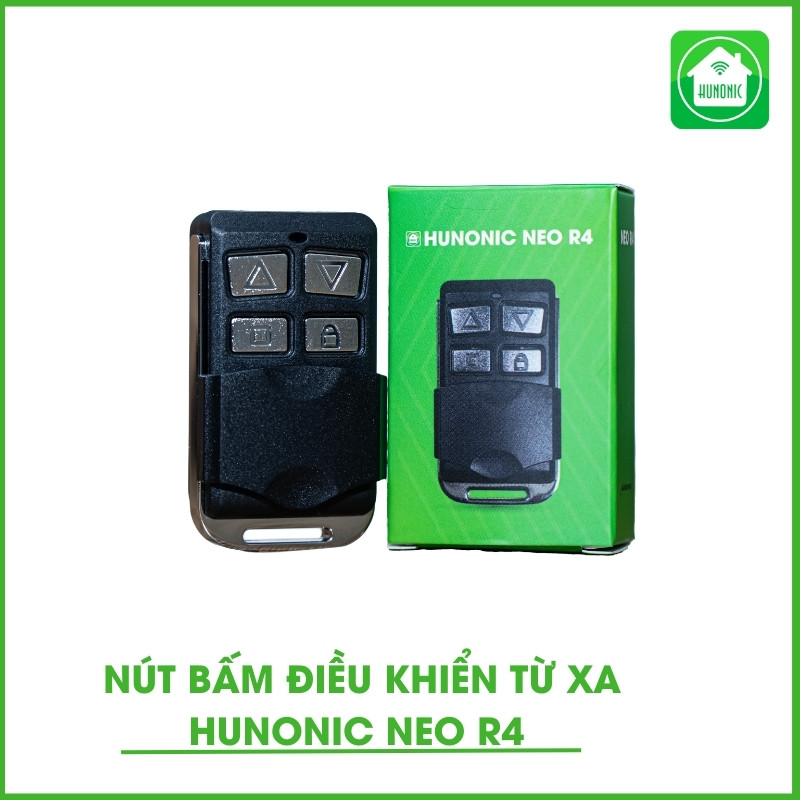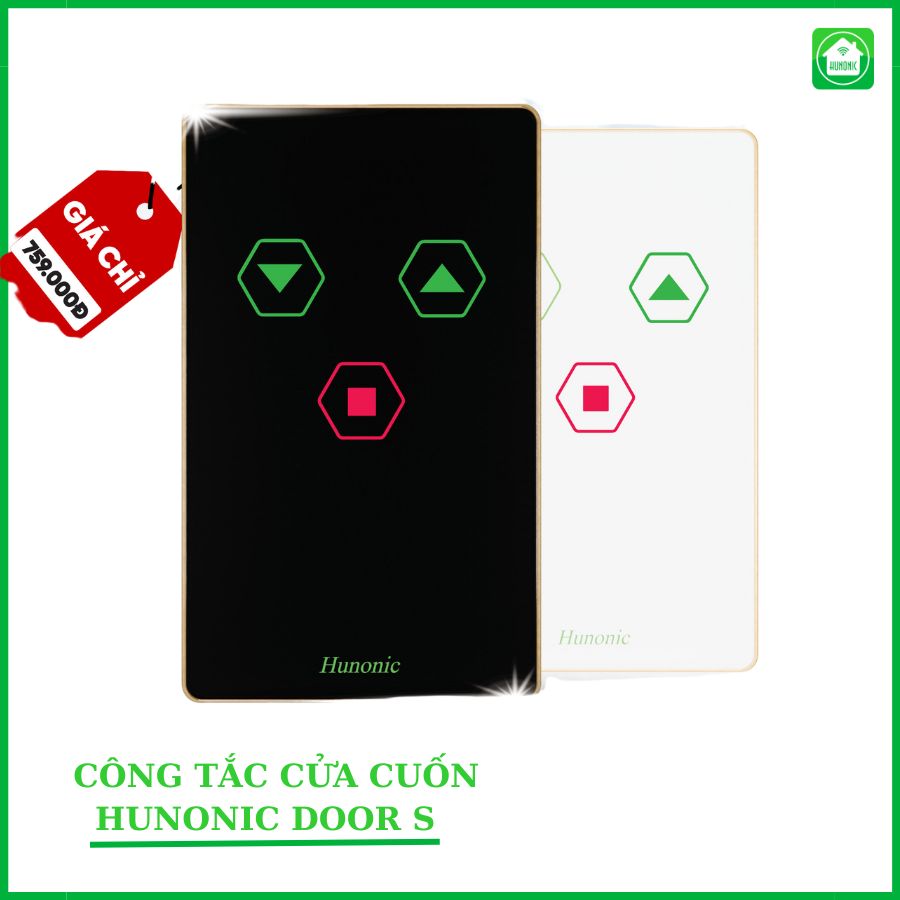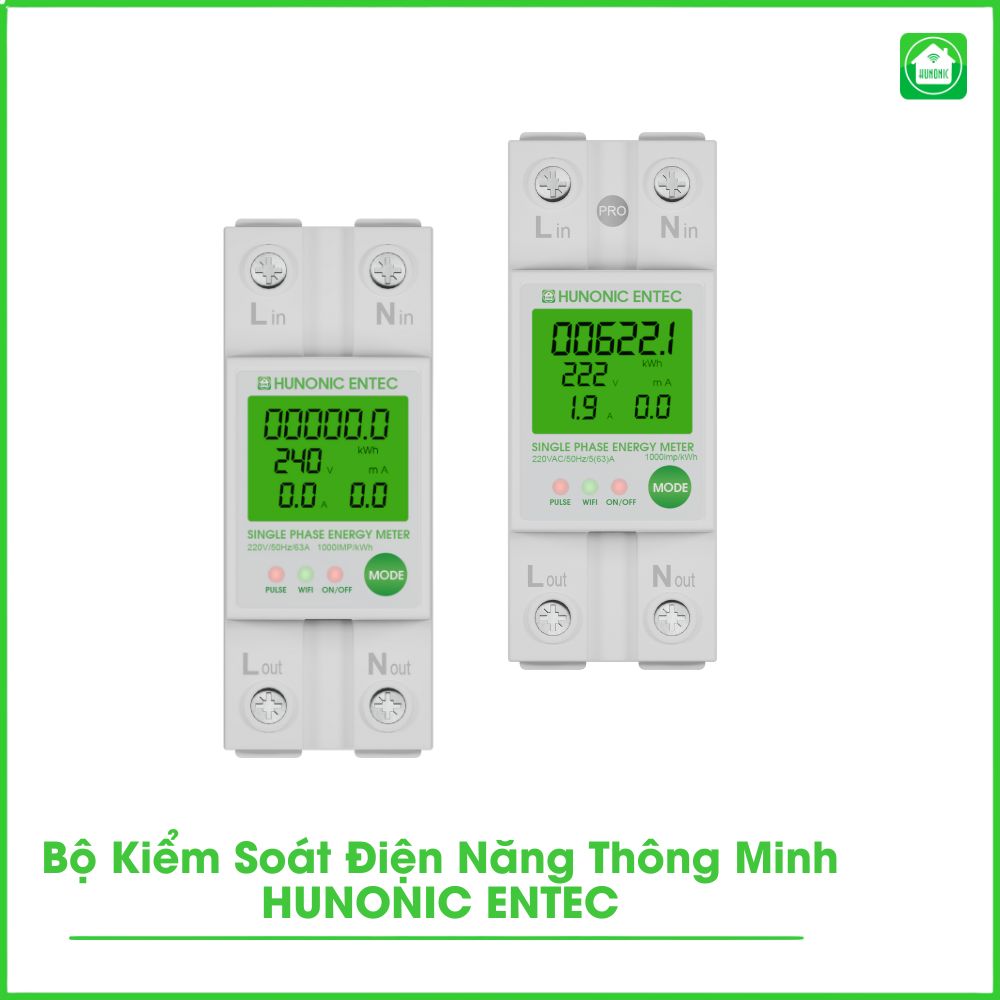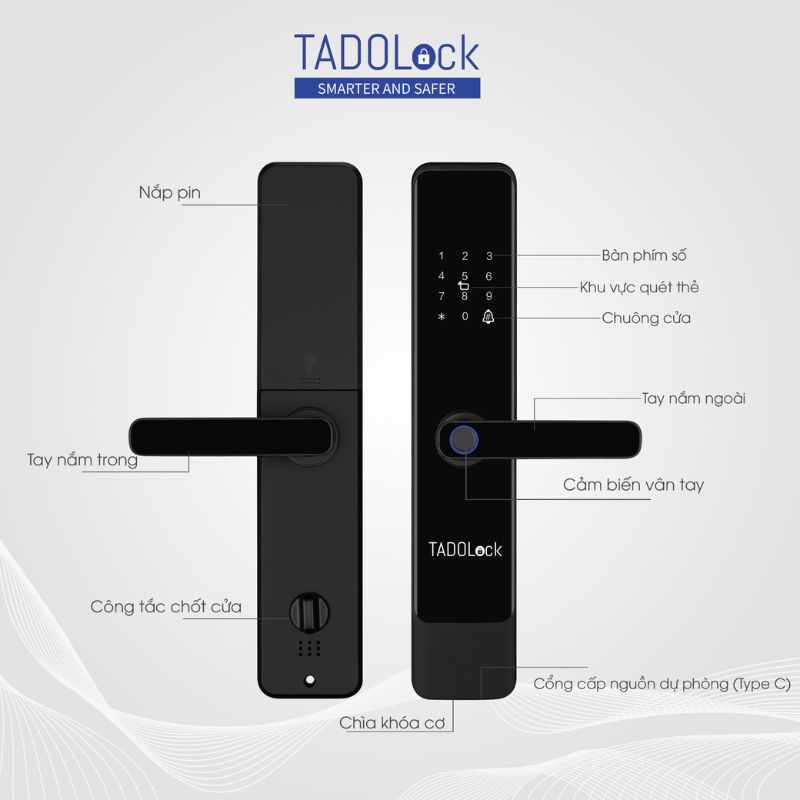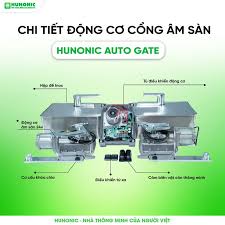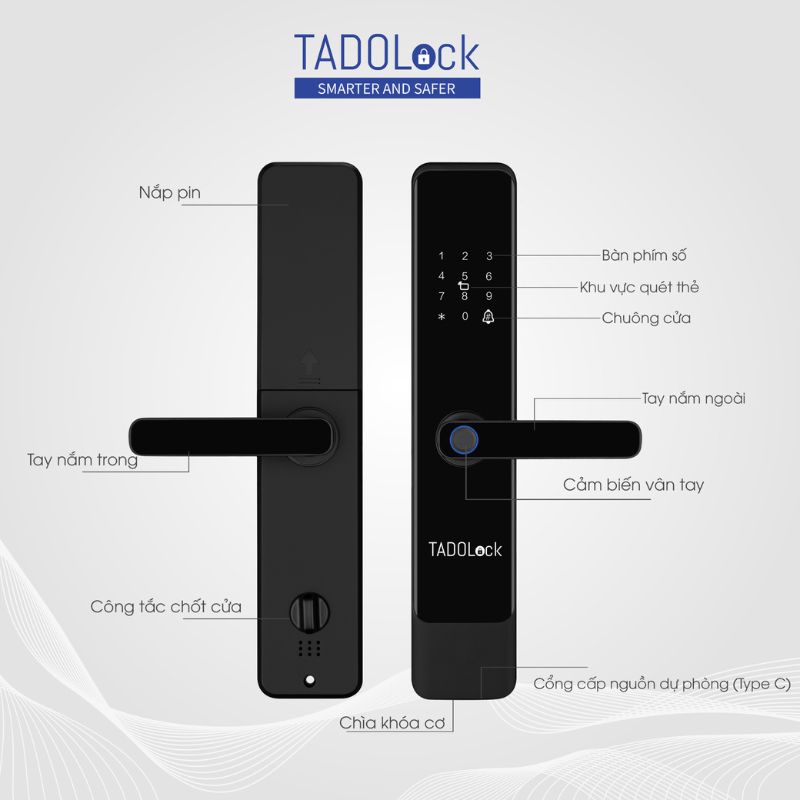Smart devices in the common home
In the current digital age, smart devices are gradually becoming an indispensable part of our lives. Tremendous advances in this field have brought considerable convenience and value to everyday life. This article will introduce smart devices, their applications and potential for future development.
I. What are Smart Devices? Smart devices are technology products that integrate features and internet connectivity to collect data and perform smart tasks. These devices can operate autonomously, interacting with users via mobile apps or voice control.
Some common examples of smart devices include:
Smart Home Devices: Smart bulbs, temperature controllers, smart sockets, smart air purifiers, smart security systems, and more.
Smartwatches: Wearable devices that integrate many features from health monitoring and fitness tracking to smart notifications and applications.
Smart phones (Smartphones): High-end mobile phones with integrated smart functions and utility applications.
Wearable Devices: Includes smart watches, but also includes products such as smart glasses, smart bracelets, smart clothing, and more.
II. Advantages of smart devices in ordinary homes Smart devices have been integrated into many different areas of modern life, bringing outstanding and interesting benefits to users. Here are some of their common uses:
Smart home optimization: Home controls allow users to conveniently manage lighting, temperature, security and electrical appliances in their home through a phone app.
Health and fitness: Smart watches and smart wearables help track health, measure heart rate, steps, calories consumed, and provide suggestions on how to improve your lifestyle.
Remote learning and working: Smartphones and tablets enable effective remote learning and work through e-learning apps and collaboration tools.
Voice and messaging: Smartphones and smartwatches allow users to quickly communicate via calls, video calls, messages, and messaging apps.
III. Disadvantages of smart devices in ordinary homes
The devices operate independently, sporadically, not uniformly in an environment, so it is not possible to create linked contexts, leading to inflexible use and more time consuming for users. The devices can run automatically, but cannot be linked, so they have not brought into full play the efficiency of the smart home.
The above is an analysis of smart devices in ordinary homes in the series of smart home articles of Smarthome Hai Phong, helping readers have more information to choose their smart home model.
Các bài viết liên quan
Nhà thông minh – làm thế nào để hiểu đúng về ngôi nhà thông minh!
SmartHome Hải Phòng: Mang công nghệ thông minh đến từng ngôi nhà
SmartHome Hải Phòng - Đại lý Hunonic chính hãng tại Hải Phòng
Nhà thông minh - Khái niệm và Ứng dụng
Công tắc thông minh Hunonic Luxury – Lựa chọn hoàn hảo cho ngôi nhà của bạn
Công tắc thông minh Premium - Giải pháp điều khiển thông minh
Thiết bị điện thông minh Hải Phòng - Giải pháp tối ưu cho ngôi nhà hiện đại của bạn





